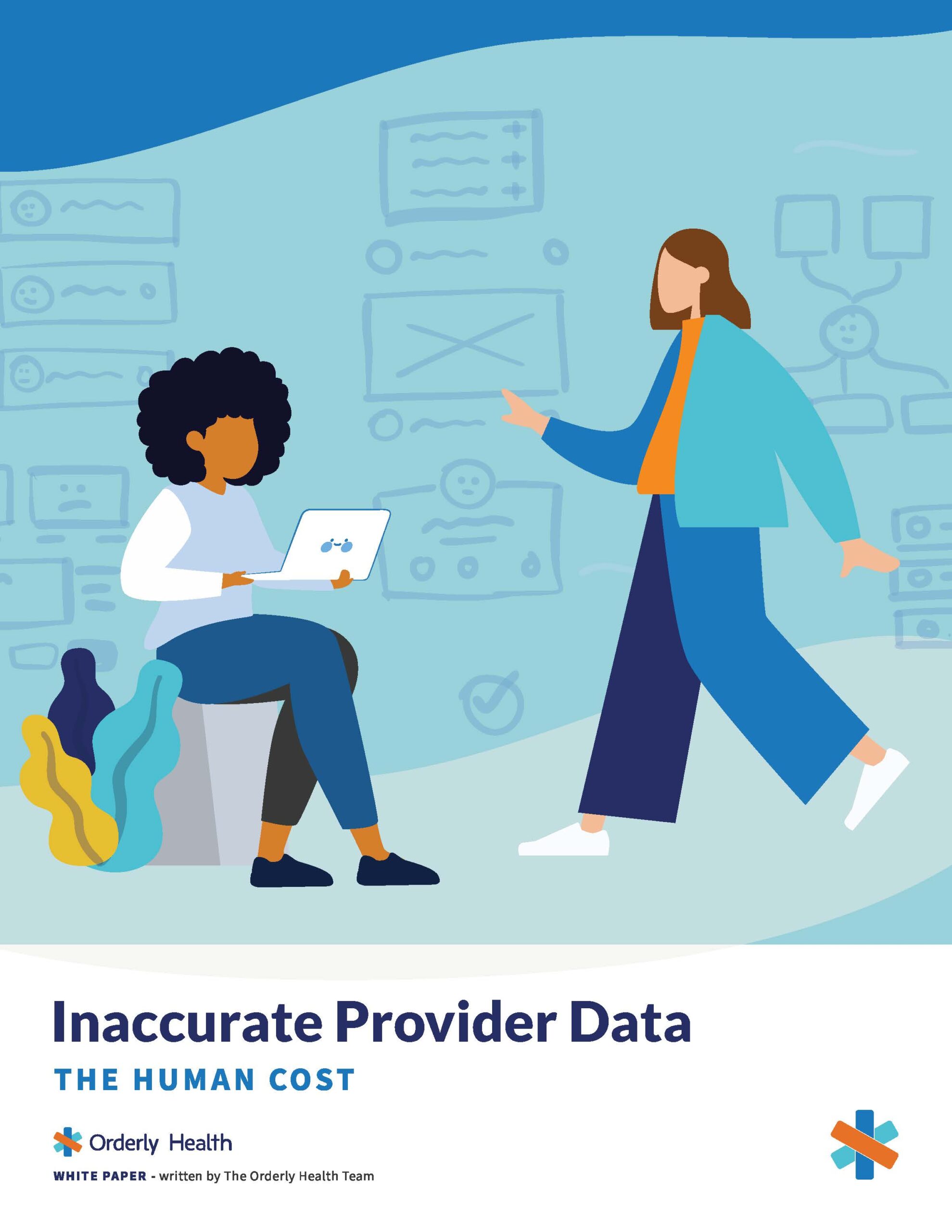Patient access is at the forefront of efficient healthcare services. One key factor that underpins seamless patient access is accurate provider data. However, maintaining such data can be complex and resource-intensive, especially for health systems and provider groups. Here, we explore the barriers to patient access, how to address these barriers, and the potential benefits of improving patient access. By using effective strategies, healthcare organizations can both streamline this process and empower healthcare providers.
Barriers to Patient Access
The accuracy and integrity of provider data are critical determinants of patient access and care timeliness. Maintaining data integrity for health systems and provider groups presents unique challenges due to network complexities and frequent changes.
The top barriers to patient access that we've identified in our work with clients include the following:
- Data entry errors: Manual entry or importing data from external sources can lead to mistakes such as misspelled names, incorrect addresses, and outdated contact information.
- Changes in provider information: Keeping data up-to-date becomes tricky when providers change names, contact details, specialties, or practice locations.
- Data silos and governance: Combining data from multiple sources and maintaining consistent governance standards across different departments can be challenging.
While these barriers are considerable, Orderly Health offers innovative solutions to help healthcare organizations manage their provider data efficiently and effectively.
Overcoming Barriers to Patient Access
At Orderly Health, technology is vital to overcoming these challenges.
Here's how we help our clients streamline patient access:
- Automation and advanced analytics: These technologies can significantly reduce manual data entry errors and improve the accuracy and timeliness of provider data updates.
- Data integration: We help healthcare organizations break down data silos by integrating data from different sources and systems. This facilitates better data governance and ensures more consistent, accurate, and up-to-date provider data.
- Robust data management systems: We provide advanced data management solutions that enable centralized record-keeping, eliminating the inconsistencies and duplication resulting from multiple systems of record.
- Ongoing monitoring and support: Orderly Health continuously tracks provider data and network changes, ensuring that data remains accurate and current.
Benefits of Enhancing Patient Access:
Efficient patient access can bring significant benefits to health systems and provider organizations, including:
- Improved quality of care: Accurate provider data leads to fewer errors in provider selection and better matching of patients to providers who can meet their specific needs.
- Increased efficiency: Automation and improved data management free up staff time, reducing manual data processing and enabling teams to focus on care delivery.
- Reduced network leakage: Accurate provider data can minimize network leakage - patients seeking care outside their designated network - leading to improved continuity of care and increased revenue opportunities.
- Compliance with regulatory requirements: Keeping provider data up-to-date and monitoring compliance with regulations can reduce the risk of penalties or fines and demonstrate commitment to maintaining data integrity.
By leveraging Orderly Health's platform to overcome these barriers, healthcare organizations can achieve improved patient experience, increased patient access, and free their teams to focus on delivering better patient care.
The Orderly Health Advantage
Orderly Health provides solutions to reconcile disparate data sources and streamline network management. Our modern, efficient data systems enhance patient experiences and increase patient access while allowing healthcare teams to concentrate on delivering care and serving patients more effectively.
To learn more about how provider data affects patient access:
We invite you to read our white paper: The Human Cost of Inaccurate Provider Data
